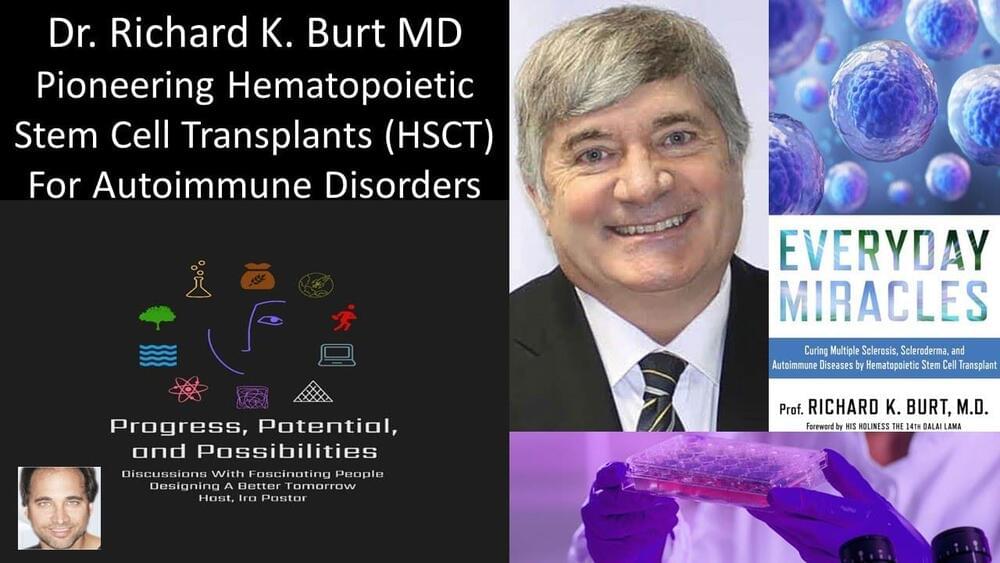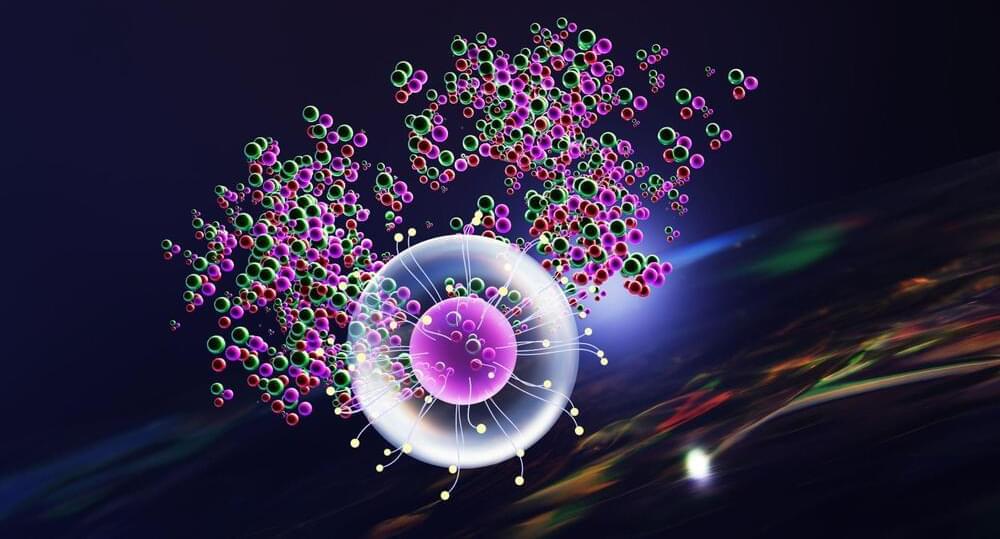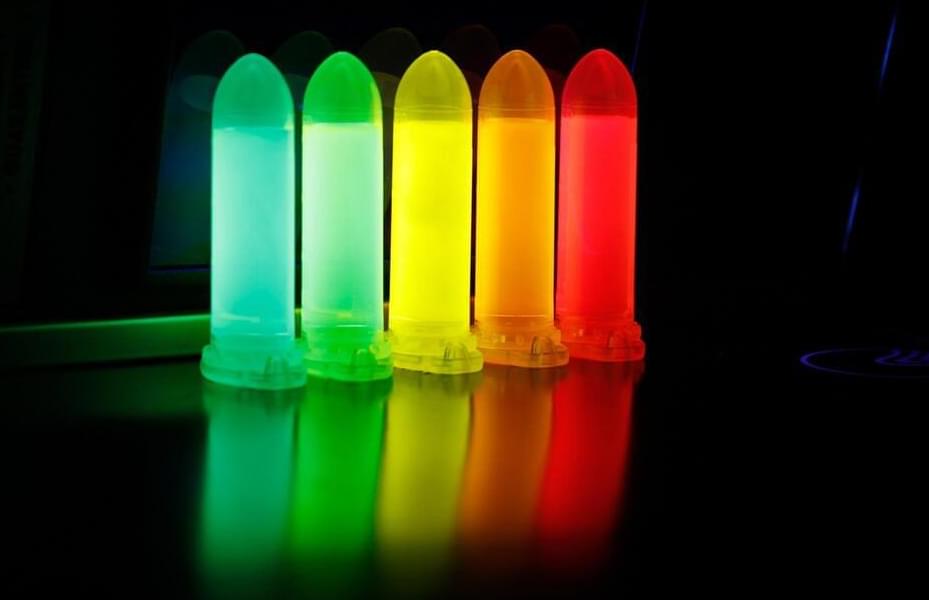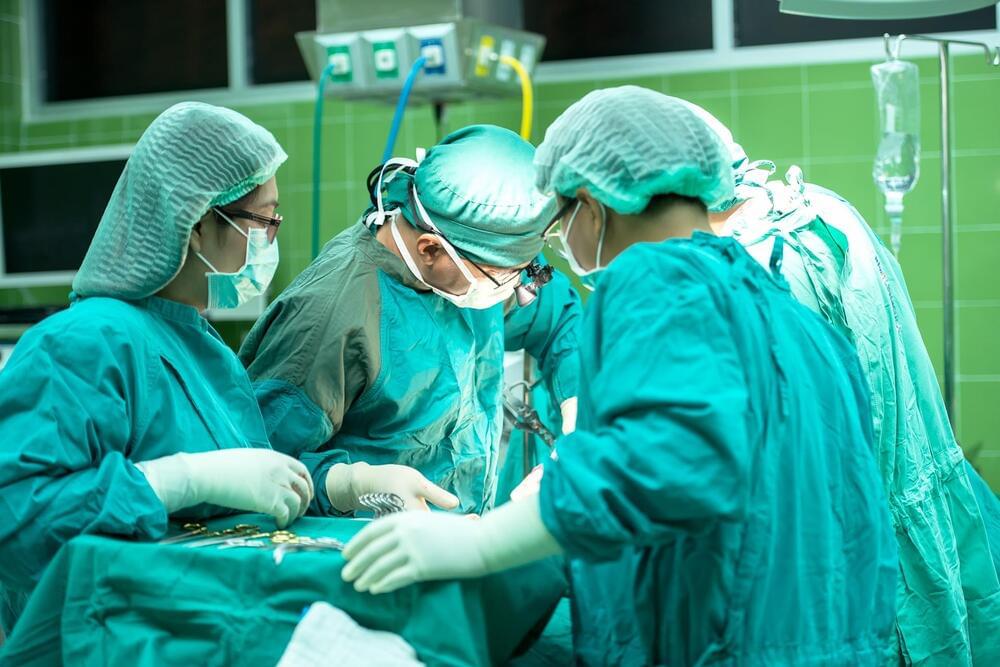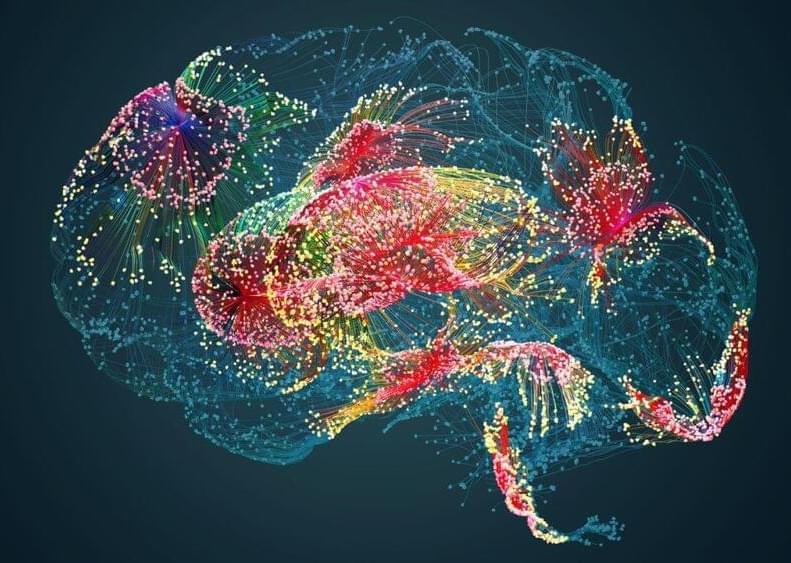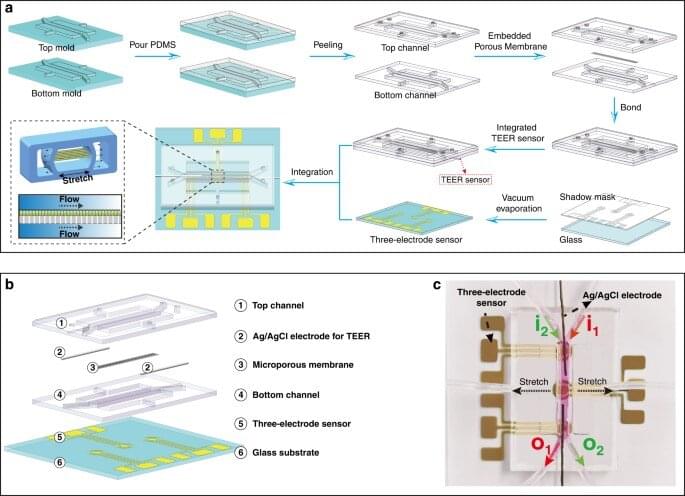Jan 9, 2023
New skin cancer hope as protein that helps deadly disease spread identified
Posted by Paul Battista in category: biotech/medical
A protein that helps lethal skin cancer spread through the body has been identified, according to scientists, offering new hope for cancer treatment. Protein LAP1 allows cancer cells to become more aggressive by letting them change the shape of their nucleus and migrate around the body. The most serious type of cancer cells, melanoma, was found to harbour LAP1 and high levels of it were linked to poor prognosis.

